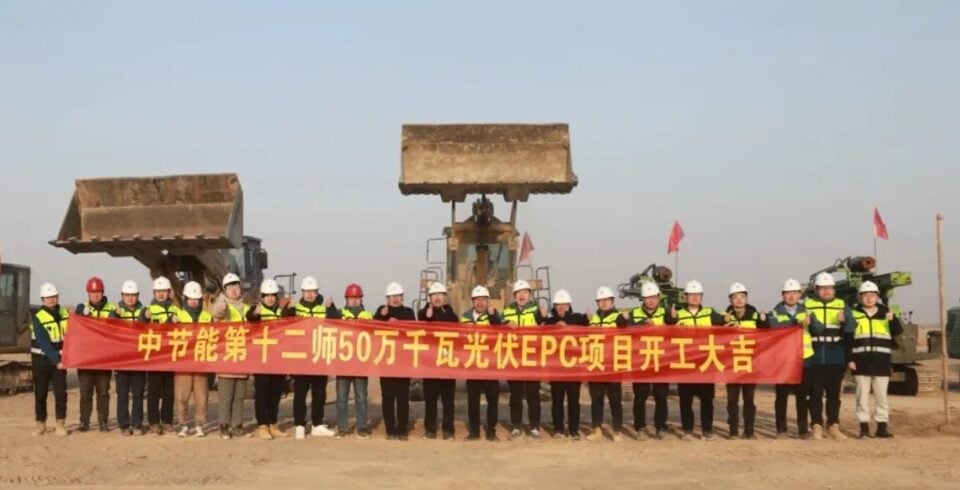
A round-up of news from China with an engineering, procurement and construction (EPC) contract for a 250MW solar PV plant in Cambodia, the Philippines’ ‘first’ large-scale floating solar PV (FPV) project and CECEP’s subsidiary beginning construction on 650MWp plant.
CEEC signs EPC contract for 250MW project in Cambodia
Shanxi Institute, a subsidiary of the China Energy Engineering Corporation (CEEC), an EPC contractor, has won an EPC bid for a 250MW PV power project in Prey Veng, Cambodia, with a contract value of approximately RMB1.691 billion (US$233.1 million).
Unlock unlimited access for 12 whole months of distinctive global analysis
Photovoltaics International is now included.
- Regular insight and analysis of the industry’s biggest developments
- In-depth interviews with the industry’s leading figures
- Unlimited digital access to the PV Tech Power journal catalogue
- Unlimited digital access to the Photovoltaics International journal catalogue
- Access to more than 1,000 technical papers
- Discounts on Solar Media’s portfolio of events, in-person and virtual
Or continue reading this article for free
As part of the Cambodia Power Development Master Plan (2022-2040), the project is located in the southeastern part of Cambodia, about 90 kilometers east of the capital Phnom Penh. Its total designed installed capacity is about 250MW, covering a construction area of approximately 253 hectares. The project will be developed on two plots, each with a 22kV switch station.

The project is expected to begin construction in March of this year and is targeted to begin operations in March 2026. Upon completion, the project will significantly boost renewable energy development in Cambodia.
Once operational, the project will help the country reach its target of having more than 1GW of operational PV capacity by 2030, according to a report from the Cambodian Ministry of Mines and Energy published in 2022. At the time, the country had a little over 400MW of installed solar PV.
Philippines advances ‘first’ large-scale floating PV project
In the Philippines, CEEC’s Jiangsu Institute, in cooperation with China Energy Engineering Corporation International, has successfully signed the EPC contract for the country’s first large-scale FPV project—the NKS Caliraya Lake FPV Project.
The project is situated on Caliraya Lake in Lumban, Laguna Province. The area is known for its abundant sunlight and water resources, making it an ideal location for an FPV plant.
With an installed capacity of 130MW, the project is expected to generate approximately 200 million kWh of electricity per year after completion, effectively alleviating the power supply pressure in the Philippines. The project will utilise advanced FPV technology to make full use of water surface resources, reduce land occupation and improve power generation efficiency.
CECEP subsidiary begins construction at 650MWp PV plant
On 19 February, the China Energy Conservation and Environment Protection Solar Company (CECEP), an investment business owner, announced that its subsidiary Xinjiang Company officially started construction on a 650MWp solar project.
The project has a total investment of RMB1.545 billion and is expected to be built in 400 days. Contracted by the China Construction Eighth Engineering Bureau, the project is scheduled to connect to the grid in full capacity by the end of this year. It spans 5 kilometres east-west and 3.5 kilometres north-south, covering an area of 1,066.4857 hectares.
The project will also include the construction of a 220kV step-up substation and a 75MW/150MWh storage system. Upon completion, the project is expected to generate approximately 850 million kWh of grid-connected electricity annually.







